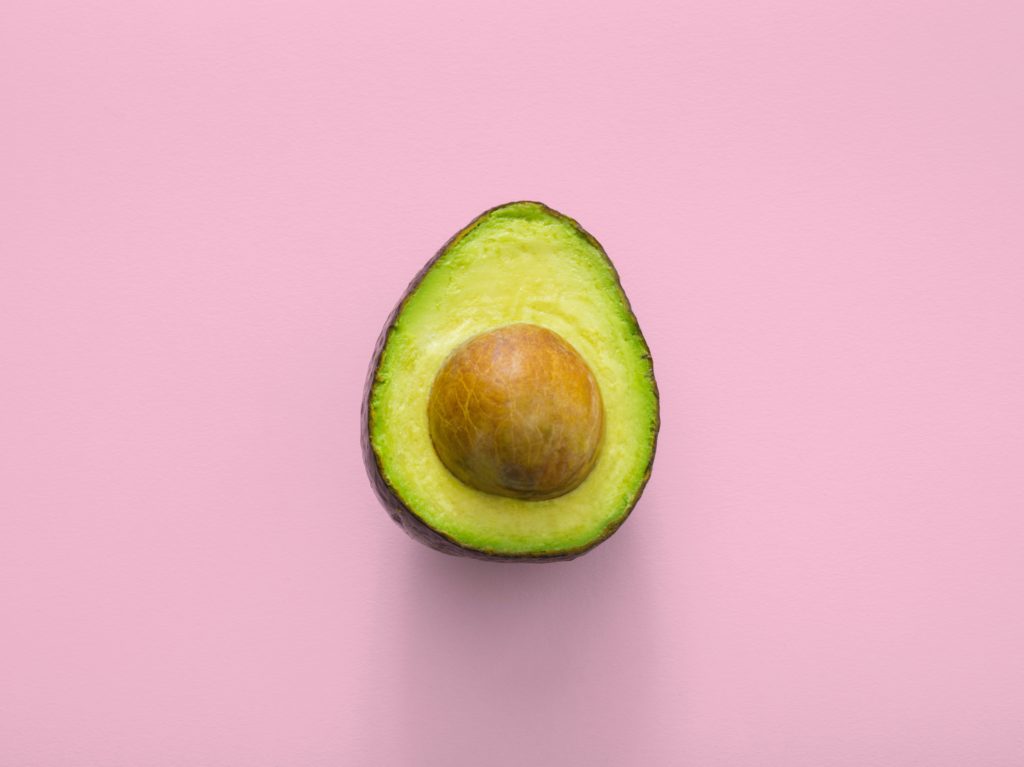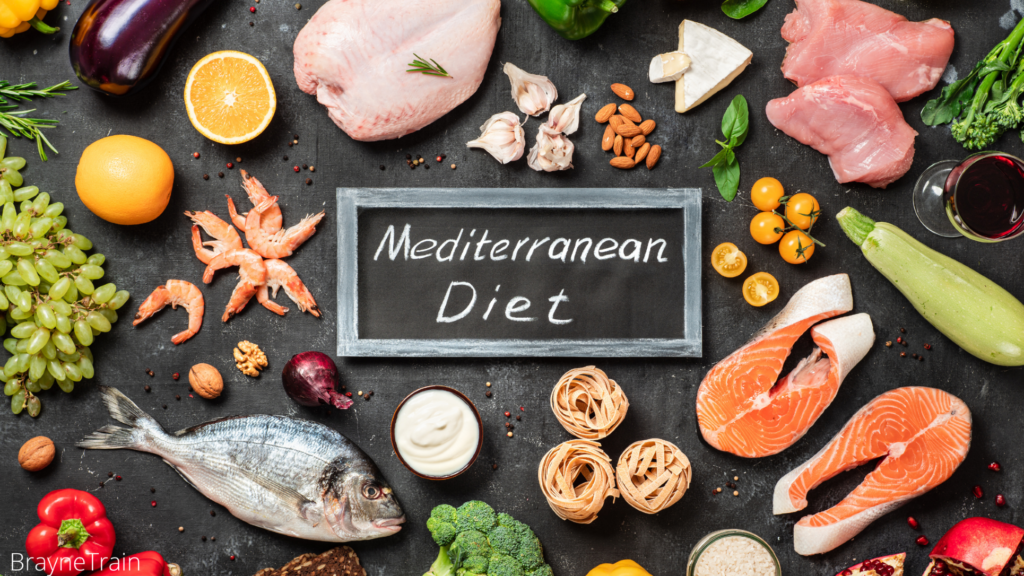
How to Lose Weight Fast with a Ketogenic Diet.
Keto is not a fad diet; Keto is a lifestyle that has been scientifically proven to have many health benefits including healthy and sustainable weight loss.
While the ketogenic diet can be effective for losing weight, there are ways to create faster results with the keto diet.
In fact, you can speed up your weight loss using the tips and tricks given in this post, so continue reading to find out more!
Table of Contents:
- Keto diet; a quick review.
- How to lose weight faster with keto.
- Clean keto.
- Mediterranean keto diet.
- Cheating on keto.
- Fasting and keto.
- Side effects of ketosis.
- Takeaway.

Ketogenic Diet; A Quick Review.
The Ketogenic diet, or keto for short, is a high fat, low carbohydrate, and moderate protein diet that, if done correctly, will put the body into the state of Ketosis.
In ketosis, the body switches its primary fuel source from sugar to fat, burning its fat for energy, and resulting in weight loss.
Ketosis is characterized by elevated levels of ketone bodies, by-products of fat burning, in the blood.
Ketones have a wide range of health benefits, including improved cognitive function, better skin, lower hunger & cravings, lower blood sugar, and improved blood pressure.
To learn more about different types of keto, click here.

Lose Weight Faster with Keto.
Although almost every individual who gets on the ketogenic diet experiences weight loss, there are ways for more experienced keto followers to speed up the weight loss, in a healthy way.
On average it takes between 4 and 6 weeks for a Keto beginner to get into the state of Ketosis. After starting Keto, many people see dramatic results in their weight loss within the first few months.
However, weight loss can slow down after a few months of being on Keto.
Here are some ways you can break through the plateau and get the scale moving again in the right direction.

1. Clean Keto
Clean keto is a version of the ketogenic diet in which processed and unhealthy fats are eliminated.
It’s also an excellent way for those who experience slowed-down weight loss or those who need to lose weight faster to achieve their goal.
Clean keto is a great way to get into ketosis fast and start burning body fat.
A clean keto diet focuses on eating healthy, unprocessed, high-quality fats such as olive oil, avocados, coconut oil, and nutrient-rich food such as organic, grass-fed meat and eggs.
Experts recommend getting at least 30% of your fats from monounsaturated fats such as olive oil and avocado oil.
Also, in clean Keto, you should get at least 15% of your protein from high-quality, wild-caught fish such as salmon.

What to Eat on Clean Keto:
Fats
- Olive oil
- Macadamia nut oil
- Avocado oil
- Coconut oil (unrefined)
- Ghee
Dairy
(Hard-aged cheeses are best)
- Aged gouda
- Aged swiss
- Sheep cheese
- Goat cheese
Nuts
- Macadamia nuts
- Pecans
- walnuts
- pistachios
Proteins
- Lean red meat (grass-fed organic)
- Salmon (wild-caught)
- Sardines
- Oysters
- Shellfish
- Shrimp
- Eggs (pasture-raised organic )
Veggies
- Steamed vegetables
- Rhubarb (triggers gut motility)
- Artichoke
- Asparagus
Fruit
- Avocado (1 per day)
- Raspberry (1/4 cup)
- Blackberries (1/4 cup)
- Strawberries ( 1/2 cup)
Liquids
- Water
- Green tea
- Black coffee
- Apple cider vinegar
Snacks
- Chomps sticks
- Okra (high Vit. K)
- Olives (antioxidants)
- Seaweed

2. Mediterranean Keto Diet
Many nutrition experts consider the Mediterranean Keto diet the future of Keto because they work so well together.
The Mediterranean diet is well known to be one of the healthiest diets, due to its healthy ingredients such as olive oil, fish, nuts, and vegetables.
The ketogenic diet is an effective healthy way to lose weight, in addition, keto helps lower blood pressure, and improve insulin resistance.
Combining these two diets will provide you with a clean, healthy, proven way for weight loss.
In a study published by The Journal of Medicinal Foods, 22 obese individuals with metabolic syndrome were placed on a Mediterranean Keto diet for 12 weeks.
After 12 weeks, all 22 individuals lost an average weight of nearly 15kg. Their plasma glucose and LDL levels reduced drastically; their triglycerides went from 224 to 109, almost a 50% reduction.
Most importantly, all subjects got rid of their metabolic syndrome.

What if You Cheated on Your Ketogenic Diet?
So you had a cheat meal! it happens, and it’s fine, but here are ways you can damage control in order to not hinder your weight loss goals.
- Wait at least 4-6 weeks when you start keto before your first cheat.
- Plan the cheat meal or cheat day. Don’t go ravenous and eat whatever you want without a solid plan.
- Try cheating with fats instead of carbohydrates and sugar.
- Drink diluted apple cider vinegar with your cheat meal.
- Meditate daily. Meditation helps you make better food decisions.
- Fiber: Increase your fiber intake during your cheat meal.
- Try lower glycemic cheat meals.
- Try higher saturated fat meals with no sugar or carbs.
- Take vitamin K, vitamin D, magnesium, and B1: to buffer the effect of the high sugar.
- Don’t spread out your cheat day to a cheat week!! Do it for one day and get back on track.
The Day After Your Cheat day
Let’s say you slipped up and cheated! Now what?
Here is how to do damage control after your cheat meal or cheat day.
Do not feel guilty! everyone does it, it happens. Let’s move on. The goal is to get back into Ketosis as fast as possible.

Exercise
Exercise in the morning after your cheat meal, on an empty stomach. Try one or more of the workouts listed below:
- HIIT (high-intensity interval training) for 20-30 minutes.
- Weight training. Due to the presence of glucose in your body, your body is anabolic, making it an ideal time to build some muscle.
- A good strength training session will go a long way!
- Low-intensity cardio for 30-60 minutes to mobilize the fats.
After a cheat day, your body most likely has some inflammation due to the presence of carbohydrates and fats. To help get rid of the inflammation:
- Take omega-3 and chromium.
- Drink some bone broth to combat the inflammation.
- Fast for 20-24 hours or longer (if you can), to make up for the damage.
- Drink plenty of water.
- Drink some diluted apple cider vinegar.
- Get back up on the Keto track, and don’t look back.

Alternate-Day Fasting & Keto
Alternate day fasting is a type of fasting where you eat normally one day and fast or cut down your calories to 10-25% of your average calorie intake the next day.
For example, you fast on Monday, eat whatever you want on Tuesday, and then go back to fasting on Wednesday.
Alternate day fasting allows for a consistent shock to your metabolism and recovery. It is effective in weight loss, improves insulin sensitivity, and reduces inflammation.
Adding alternate-day fasting to your ketogenic diet is a powerful way to speed up weight loss.
It’s important to note that if you have any medical conditions, be sure to check with your doctor before attempting any diets or fasting.

Side Effects of Ketosis:
Keto Flu
You will likely experience Keto flu when starting on a ketogenic diet. Keto flu is a condition that occurs when your body transitions from burning sugar to burning its fat for fuel.
Symptoms are similar to those of the actual flu and can include fatigue, headaches, brain fog, and irritability.
The good news is that keto flu is generally short-lived, and symptoms typically resolve within one or two weeks.
Keto Breath
Keto-breath is a common side effect of the keto diet.
When your body is in Ketosis, it breaks down fat into ketones for energy. These ketones are then expelled through your breath, which can cause a fruity or metallic smell.
Keto breath is not dangerous and will usually resolve on its own once your body adjusts to the diet.
In the meantime, there are several things you can do to minimize keto breath, including eating more fiber, drinking plenty of water, and brushing your teeth regularly.
To learn more about keto breath and how to get rid of it, click here.
Sugar intolerance
If you have been in Ketosis for some time, sugar intolerance may occur.
Sugar intolerance is a common problem for people whose bodies have become used to functioning without the presence of sugar.
If you develop sugar intolerance, it means the presence of sugar (let’s say if you have a cheat meal) can lead to a wide range of physical discomforts such as headaches, fatigue, nausea, and digestive problems.
Fortunately, there are several ways to manage these symptoms. For example, try cheating with foods containing higher fats instead of high carbohydrates meals.
Additionally, working out, especially HIIT (high-intensity interval training) and resistance training, can help improve blood flow and optimize sugar uptake from the bloodstream, reducing the impact of sugar intolerance on your body.
Takeaway
If you want to speed up your weight loss on the ketogenic diet, you can try a few things. You can switch to a clean keto or a Mediterranean Keto diet, you can try intermittent fasting or alternate-day fasting. The key is to stay consistent, and even if you have a cheat day, get back on track quickly. Thank you for reading!
References
Nagpal R, Neth BJ, Wang S, Craft S, Yadav H. Modified Mediterranean-ketogenic diet modulates gut microbiome and short-chain fatty acids associated with Alzheimer’s disease markers in subjects with mild cognitive impairment. EBioMedicine. 2019 Sep;47:529-542. DOI: 10.1016/j.ebiom.2019.08.032. Epub 2019 Aug 30. PMID: 31477562; PMCID: PMC6796564.
Pérez-Guisado J, Muñoz-Serrano A. A pilot study of the Spanish Ketogenic Mediterranean Diet: an effective therapy for the metabolic syndrome. J Med Food. 2011 Jul-Aug;14(7-8):681-7. DOI: 10.1089/jmf.2010.0137. Epub 2011 May 25. PMID: 21612461.
Pérez-Guisado J, Muñoz-Serrano A, Alonso-Moraga A. Spanish Ketogenic Mediterranean Diet: a healthy cardiovascular diet for weight loss. Nutr J. 2008 Oct 26;7:30. doi: 10.1186/1475-2891-7-30. PMID: 18950537; PMCID: PMC2586625.
Alhamdan BA, Garcia-Alvarez A, Alzahrnai AH, et al. Alternate-day versus daily energy restriction diets: which is more effective for weight loss? A systematic review and meta-analysis. Obes Sci Pract. 2016;2(3):293-302. doi:10.1002/osp4.52




